 |
| Da Vien Bridge was named according to the correct procedures and processes, with a Resolution of the City People's Council. Photo: Ngoc Hoa |
These problems are not only in the implementation stage but also clearly reveal the shortcomings in the current legal framework, especially Decree No. 91/2005/ND-CP (Decree 91) dated July 11, 2005 of the Government on promulgating the Regulation on naming and renaming roads, streets and public works. Meanwhile, Circular No. 36/2006/TT-BVHTT (Circular 36) dated March 20, 2006 of the Ministry of Culture - Information (now the Ministry of Culture, Sports and Tourism) Guiding the implementation of the Regulation on naming and renaming roads, streets and public works attached to Decree 91 is outdated compared to the current urban management context.
Still many concerns
According to statistics from the Department of Culture and Sports of Hue City, by September 2025, the entire city had made 31 adjustments, naming 1,067 routes. Of which, many routes belonging to former communes (now wards after the merger) have not yet been given nameplates or house numbers according to standards. Some typical examples are Thanh Thuy Ward with 5 routes without nameplates, Huong Thuy Ward with 29 routes, or the situation of wrongly placed signs such as Le Trung Tong Street...
Not only on the streets, the naming and renaming of public works also has many shortcomings. For example, many bridges and works in Hue have been "named" spontaneously, not following the correct procedures as prescribed in Decree 91 and Circular No. 36. Examples include: Da Vien Bridge was mistakenly called Bach Ho Bridge, Trung Ha Bridge was misspelled as Truong Ha, or Bach Yen Bridge (originally named Huyen Hac according to feng shui)... Only two bridges, Da Vien (2012) and Nguyen Hoang (2025), were named according to the correct procedures and processes, with a Resolution of the City People's Council.
In addition to objective factors such as the process of expanding the boundaries, the new government model, or budget constraints, some basic causes can be seen: The propaganda and guidance on the implementation of Decree 91 and Circular 36 in the past were limited, not reaching the grassroots, leading to misunderstandings or inconsistent application among government levels or lack of synchronous coordination with competent cultural agencies. Implementation resources are weak and scattered, especially the funding for signboards and house numbering has not been arranged in a timely manner, and there is a lack of coordination between functional departments and offices. There is a lack of a synchronous database on the system of street names and public works - this makes reviewing, looking up and comparing many obstacles. The change in the administrative model from three levels to two levels makes the authority, responsibility and naming approval process confusing, without specific guidance from the Central Government.
In addition, the legal framework on the authority to name and rename roads and public works also has shortcomings. Specifically, Decree 91 and Circular 36 are no longer suitable for the conditions and requirements of practice. These documents were issued nearly 20 years ago, in the context of a non-multi-layered urban government model, low population size and infrastructure development speed. Up to now, many regulations in this decree are no longer suitable. In Article 1 and Clause 7, Article 3 of Decree 91, naming and renaming roads, streets and public works is only carried out in urban areas (cities, towns, townships). However, in reality, in the communes of Hue city, there are many roads with large widths and lengths, with many stable households... but they cannot be included in the Road Naming Project. In Article 12, for roads that are too long, the regulation on dividing them into sections for naming is still qualitative; In Articles 15 and 16, the determination of large-scale public works of important significance for the People's Committees of provinces and centrally-run cities to submit to the People's Councils of the same level for consideration and decision has not been specifically guided.
In Circular 36, point b, Section V, the regulation on "discovering duplicate, incorrect or unreasonable street names to propose the People's Committee of the province or city to consider submitting to the People's Council for correction or change" has not been specifically guided.
Decree 91 and Circular 36 have not clearly defined the subjects of application, especially for naming and renaming highways, dedicated roads, internal roads of agencies, units, enterprises, roads in urban areas, closed complexes managed by private units; have not specifically defined the process, order, and procedures for naming and renaming roads, streets, and public works; have not specifically defined the minimum length, minimum width, traffic infrastructure, population status, etc. of roads and streets to be considered for naming; have not clearly defined groups of roads, streets, and groups of public works to create a basis for research and selection of appropriate road names; have not clarified the concepts of "starting point", "end point" and regulations for determining the "starting point", "end point" of a road; have not clearly defined the management responsibilities after naming (who is responsible for supervising the installation of signs, changing signs, handling violations)...
Another problem is the lack of new guidance documents in accordance with the Law on Organization of Local Government (amended in 2023); guidance documents have not been updated synchronously.
Some thoughts on the direction of improvement from Hue practice
Faced with these shortcomings, the Department of Culture and Sports of Hue has proposed to the City People's Committee a number of important solutions, such as: Implementing procedures to develop and promulgate new regulations on naming and renaming streets and public works to replace Decision No. 24/2023/QD-UBND and 12/2025/QD-UBND, ensuring compliance with the 2-level local government model.
Continue to invest in research and development of the "Bank of Street Names and Public Works" - a unified electronic database, serving the selection, lookup, management and linking with the smart urban GIS system. Strengthen decentralization for People's Councils at commune and ward levels, with a unified monitoring and inspection mechanism from the Department of Culture & Sports (the standing body of the Advisory Council for naming and renaming streets and public works of Hue city). Develop a mandatory community consultation mechanism, ensuring that each street name reflects the cultural, historical, geographical and traditional values of Hue. Allocate regular funding for the work of installing signs, replacing and maintaining street name signs and house numbering systems to ensure uniformity and urban aesthetics. At the same time, propose that the Government and relevant ministries and branches promptly amend and supplement the system of regulations to suit the new situation.
The story of naming and renaming roads, streets and public works is no longer just a matter of form but has become part of urban identity and collective memory. For Hue - a heritage city moving towards the model of "green, heritage and smart city", improving the legal framework and management methods of naming work should be considered an essential step in the digital transformation of urban culture and administration.
Source: https://huengaynay.vn/chinh-tri-xa-hoi/dat-ten-doi-ten-duong-pho-va-cac-cong-trinh-cong-cong-trong-boi-canh-moi-159795.html










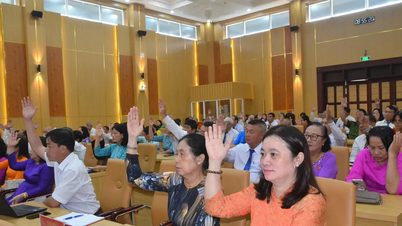



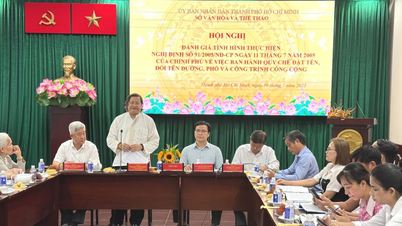


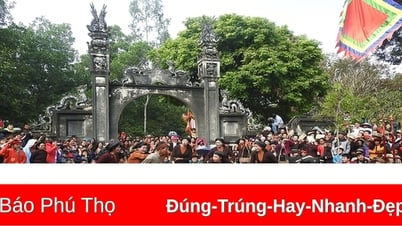







































































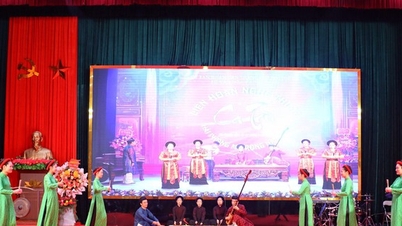










![Dong Nai OCOP transformation: [Article 4] Reaching national standard products](https://vphoto.vietnam.vn/thumb/402x226/vietnam/resource/IMAGE/2025/11/11/1762825820379_4702-cac-san-pham-trai-cay-chung-nhan-ocop-nongnghiep-174649.jpeg)



![Dong Nai OCOP transition: [Article 3] Linking tourism with OCOP product consumption](https://vphoto.vietnam.vn/thumb/402x226/vietnam/resource/IMAGE/2025/11/10/1762739199309_1324-2740-7_n-162543_981.jpeg)



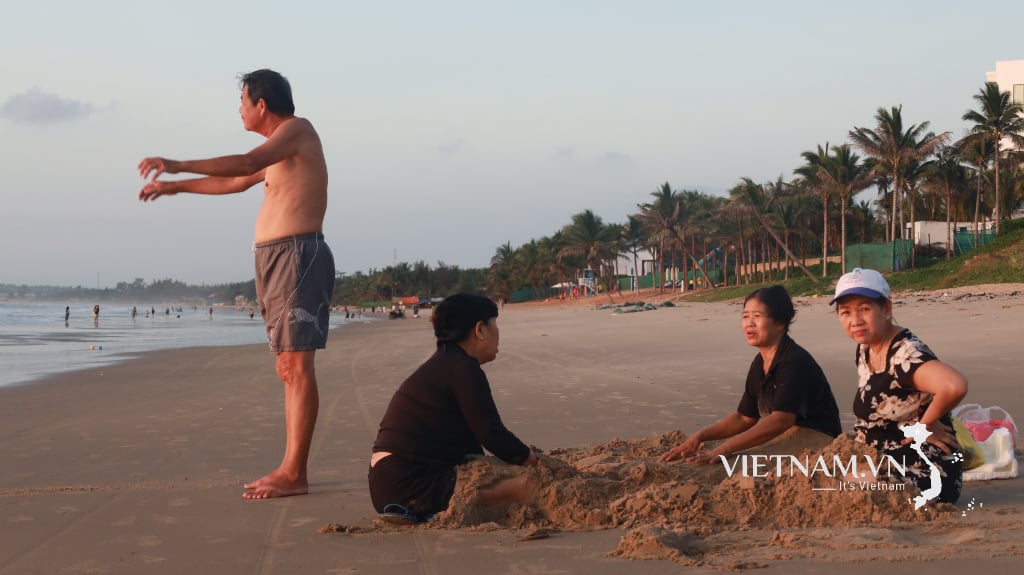


Comment (0)